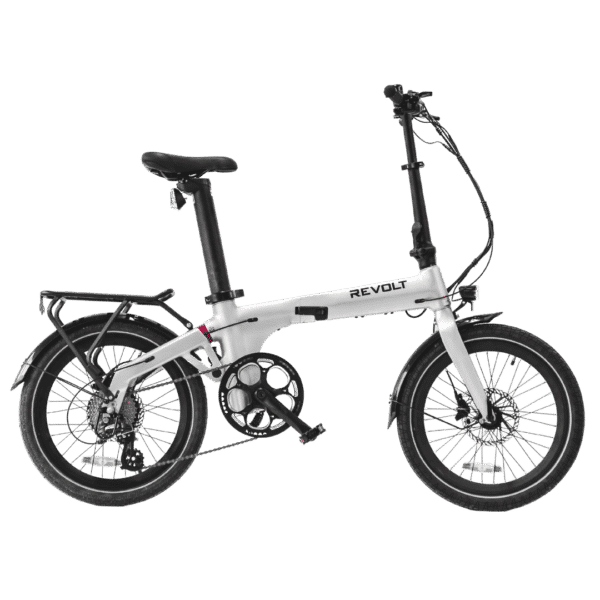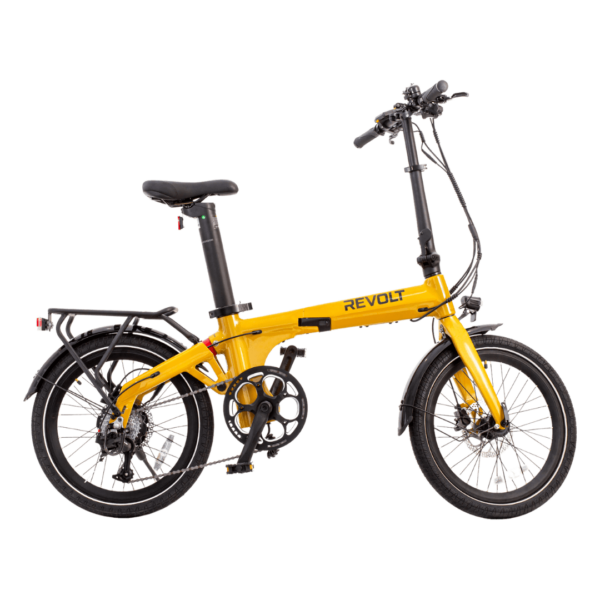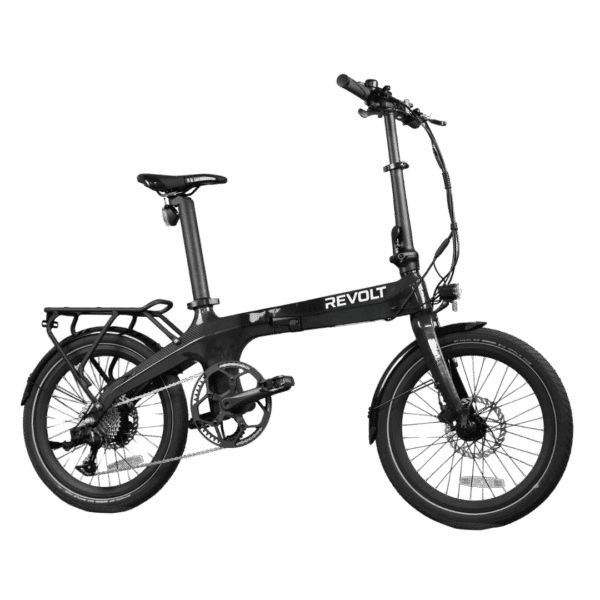The e-bike market is experiencing rapid growth, attracting even those who previously had little interest in cycling. In 2021, the e-bike market was valued at nearly 25 billion euro, a figure projected to exceed almost 50 billion euro by 2027 – a substantial increase. If you’re reading this article, chances are you’re seeking more information about e-bikes, including their features and operation. Let’s delve into that information step by step. This article focuses on the torque sensor and speed sensor, providing insight into what they are and how they function. For additional details about pedal-assist and related topics, please visit our website.
What is a Pedal Assist Sensor?
A Pedal Assist System (PAS) incorporates electric motors to enhance pedaling, resulting in a faster and more comfortable riding experience. This system relies on sensors working in tandem.
As the name suggests, these sensors detect whether a rider is pedaling and the force applied, enabling the motor to adjust accordingly. This basis gives rise to two primary sensor types.
One of these sensors is the speed sensor, which identifies whether pedaling is occurring. The other is the torque sensor, which gauges the strength of the pedaling effort.
Speed sensor
The speed (cadence) sensor takes the form of an electronic module affixed with magnets. This module attaches to the bike’s shaft and serves as the motor’s on/off switch. When the rider starts pedaling, the sensor activates and signals the motor. Conversely, when thee pedaling stops, the sensor immediately halts the motor.
Key features of a speed sensor
- One notable advantage is the motor activation by merely pedaling. A display on the handlebar typically presents different levels of pedal assistance. For instance, selecting level 2 results in the bike traveling at the corresponding speed.
- This system reduces the physical effort required.
- Often complemented by a throttle for motorized propulsion without pedaling.
- More cost-effective in comparison.
- Drawbacks include the need to pedal through a portion of the rotation to initiate motor assistance, leading to occasional jolts.
- The bike maintains a consistent speed corresponding to the chosen assistance level, regardless of pedal pressure.
Torque sensor
Drawing inspiration from the concept of torque in physics, this sensor gauges the force applied to the pedal. The motor amplifies this force, offering an advanced technology that’s gradually gaining prominence in e-bikes.
Key features of a torque sensor
- A primary benefit is the rider’s ability to control bike speed.
- The torque sensor responds to the rider’s pedaling effort, resulting in faster movement with increased force and slower motion with reduced exertion.
- While some view it as a disadvantage, the sensor provides a natural and traditional biking feel, which can contribute to improved physical well-being.
- Enhanced battery longevity due to the rider’s active involvement.
- Immediate motor disengagement upon pedal release, preventing abrupt jolts.
- Drawbacks include higher costs compared to cadence-based systems and the absence of a throttle option.
Combining both sensors
Many individuals opt for a combination of both sensors in their e-bikes, mitigating each sensor’s shortcomings. This approach allows riders to alternate between manually controlling bike speed and maintaining a constant pace. However, combining both sensors can result in higher costs, which may impact sales.
It’s worth noting that some individuals choose to purchase an additional sensor and install it on their bikes, enjoying the benefits of both systems. Installation is typically straightforward.
Common Usage
Of the two primary sensors, the speed sensor is more commonly employed due to its affordability. Additionally, some riders prefer this option for its reduced physical effort.
Where to find torque sensor e-bikes
If you’re concerned about the prevalence of speed sensor-equipped bikes and the limited availability of torque sensor technology, take solace in the fact that your search has been narrowed down. We offer a range of premium and budget-friendly e-bikes, prioritizing durability and comfort while delivering ease and speed.
Read more about Torque sensor E-Bikes










